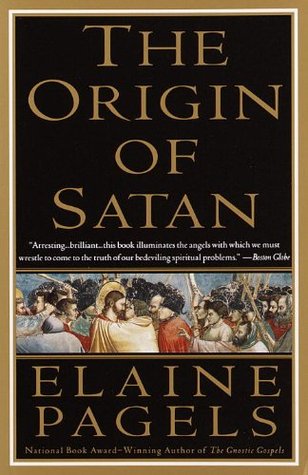More on this book
Community
Kindle Notes & Highlights
Read between
October 17 - October 30, 2023
Such visions have been incorporated into Christian tradition and have served, among other things, to confirm for Christians their own identification with God and to demonize their opponents—first
I invite you to consider Satan as a reflection of how we perceive ourselves and those we call “others.” Satan has, after all, made a kind of profession out of being the “other”; and so Satan defines negatively what we think of as human.
society does not simply discover its others, it fabricates them, by selecting, isolating, and emphasizing an aspect of another people’s life, and making it symbolize their difference.
Needing codes of conduct that offered moral guidance to those who were married and engaged in ordinary society and were not prepared to reject these commitments as, according to Luke, Jesus admonishes, these authors borrowed from pagan catalogues of civic virtue to construct new, “Christian” moral codes.
Christians actually did adapt from Roman army administration the practice of organizing into districts (dioceses), each administered by a central overseer (bishop), an organizational strategy that persists to this day.
picture Satan as the most intimate enemy of all—the enemy we call our own self.
For the most part, however, Christians have taught—and acted upon—the belief that their enemies are evil and beyond redemption. Concluding this book, I hope that this research may illuminate for others, as it has for me, the struggle within Christian tradition between the profoundly human view that “otherness” is evil and the words of Jesus that reconciliation is divine.


